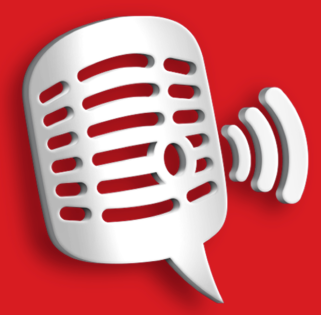The human body is full of microbes – tiny living organisms that are found pretty much everywhere on Earth but are too small to be seen with the naked eye!
There are five main types of microbes. Three of the most common are:
Viruses – the smallest of the microbes and are generally harmful to us, like the common cold. Viruses cannot survive by themselves and require a ‘host’ cell in which to live and reproduce. Once inside that host cell, they rapidly multiply destroying the cell in the process – yuck!
Bacteria – single celled organisms that under the right conditions can multiply on average once every 20 minutes! Some bacteria are completely harmless to us and others are extremely useful (like Lactobacillus in the food industry). Some bacteria though can also produce substances (toxins) which are extremely harmful to us and cause disease (like pneumonia). Harmless bacteria are called non-pathogenic, while harmful bacteria are known as pathogenic. Over 70% of bacteria are non-pathogenic.
Fungi – generally multi-cellular organisms that can be both beneficial and harmful, causing things like athlete’s foot!. Fungi obtain their food by either decomposing dead organic matter or by living as parasites. They range in size from being microscopic to very large and include mould, mushrooms and mildew! Harmful fungi can cause an infection and some are poisonous to eat; others can be beneficial.
Most microbes cause no harm to the human body and many help keep you alive, so it’s important to look after them. Some, though, can be harmful and can cause infections…
Professor Hallux and Nurse Nanobot are charge up the Helitelibubble, Hallux’s amazing invention that can shrink people to the size of an atom. They’re going to fifty nanometers, fifteen hundred times smaller than a human hair is wide, to explore the human body!
First up, they come across a STREPTOCOCCUS! That’s a type of bacteria! They are single cell organisms which often grow in communities.
STREPTOCOCCI are responsible for a large majority of problems in the mouth – from throat infections to tooth decay.
As well as Streptococci, there’s lots of other different types of bacteria. In fact, there’s SO many, we can’t keep up! The numbers have gone off the scale – there’s millions of bacteria in your our mouths.
Of course, many microbes, most bacteria are nothing to worry about. Most are entirely harmless, and some are even extremely useful to us!
LACTOBACILLUS helps turn milk into yoghurt and helps food to be digested, whilst BACTEROIDES help bodies make important vitamins!
RHINOVIRUS cause the common cold.
Each individual virus looks like a bobbly ball and they’re very small indeed. Only 30 nanometres wide – you could fit over thirty thousand of them on a full stop!
There’s over 200 types of rhinovirus, which is probably why the common cold is – well – so common!
Did you know that the word ‘virus’ comes from a Latin word which means SLIMY LIQUID or POISON!?
Viruses are some of the very smallest microbes. They work by invading a cell and forcing it to create thousands of copies of the virus.
But don’t worry, with some rest and maybe some medicine, you’ll be feeling normal in no time!
Activities for you to do
 Activity 1: Why don’t you have a god at creating your own microbial collage by getting an A3 piece of paper, a selection of magazines and cut and stick anything you find in the magazines which may contain/have microbes on it!
Activity 1: Why don’t you have a god at creating your own microbial collage by getting an A3 piece of paper, a selection of magazines and cut and stick anything you find in the magazines which may contain/have microbes on it!
Activity 2: Or have a go at creating your own microbe out of playdoh or plasticine. Be as creative as you want and keep your creation in a plastic container so that it does not escape and cause an outbreak!
Activity 3:  Or you could battle against the computer on this Microbe Mayhem card game. Choose the category on your card (e.g max size, danger to humans) that you think will beat the computer’s card. Win by stealing all the computer’s cards!
Or you could battle against the computer on this Microbe Mayhem card game. Choose the category on your card (e.g max size, danger to humans) that you think will beat the computer’s card. Win by stealing all the computer’s cards!
And for teachers
Introduction to microbes: Primary / Secondary
Useful microbes: Primary / Secondary
Harmful microbes: Primary / Secondary
- There are different types of microbes (bacteria, viruses, fungi)
- Bacteria, viruses and fungi look and function very differently.
- Most microbes in the body are useful, so we need to look after them.
- Some Microbes we pick up/catch from others, and things we touch and eat can be harmful to the human body.
- Harmful microbes can cause infections!



 Apple Podcasts
Apple Podcasts Spotify
Spotify
 Google Podcasts
Google Podcasts Player FM
Player FM Pocket Casts
Pocket Casts